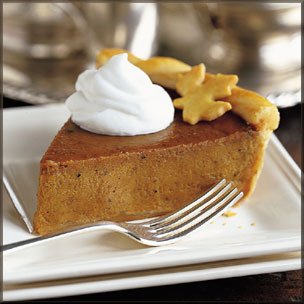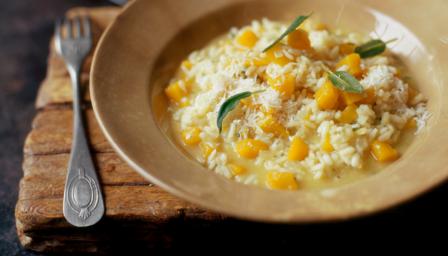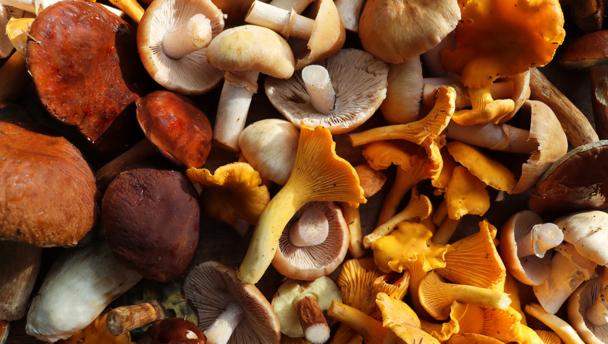The Halloween season is upon us, and to all those getting
out the fake spiders and cobwebs, and donning their scary outfits, when it
comes to pumpkin carving, don’t throw away the flesh or seeds, and here are a few reasons
why…
Pumpkins are the most popular of the winter squash family,
and like many of their cousins, they have many health benefits:
1.
Good for the peepers – according to the National
Institute of Health, a cup of cooked, mashed pumpkin contains more than 200% of
your recommended daily intake of vitamin A, which aids vision, particularly in
dim light. Pumpkins, similarly to carrots, are also rich in beta carotene,
which give them their rich orange colour, and are good for night vision.
2.
Great source of fibre – at 3 grams of fibre per
cup it is rich in fibre, and can aid in prevention of certain cancers, and help
with healthy digestion and regular bowel movements
3.
Low calorie – at only 49 calories per cup, it
can be a great low calorie and sweet alternative to mashed potato for those
watching their weight. It is also great for bulking up stews and casseroles,
without totting up the calories, keeping you fuller for longer!
4.
Pumpkin seeds for a healthy heart – Pumpkin seeds
are naturally rich in phytosterols that have been shown to reduce levels of the
harmful cholesterol (LDL) in the blood. (Read blog http://pollytaylor2.blogspot.co.uk/2013/08/cholesterol-good-and-bad.html)
5.
May reduce cancer risk – Like their fellow
orange veggies, they are rich in beta-carotene, which studies have shown to
play a role in cancer prevention according to the National Cancer Institute. In
addition, food sources of beta-carotene prove to be more effective than a
pill-form supplement
6.
Protects your skin – the same free-radical neutralising
powers of the carotenoids in pumpkins that prevent cancer cell growth can also
keep skin looking healthy
7.
Mood boosting properties – pumpkin seeds are
rich in the amino acid tryptophan, which has been show in some studies to boost
the production of serotonin in the brain, a chemical associated with good moods
8.
Pumpkin can boost immune system – pumpkin is
rich in Vitamin C, which when consumed in large amounts has been shown to ‘ward
off colds’
9.
Pumpkin can help after a hard workout – bananas tend
to be known as ‘nature’s energy bar’ being rich in natural sugars, water and
potassium. However a cup of cooked pumpkin has more of the refuelling nutrient
potassium at 564 milligrams per cup, compared to a banana’s 422 milligrams per
cup.
So what to do with the insides from your pumpkins? Well here
are a few tasty recipes to try, ranging from a little bit of effort, to those
feeling a little lazy, but don’t like to waste food.
Pumpkin Pie – a little
bit of effort but worth the reward!
750g chopped pumpkin, de seeded and skinned350g shortcrust sweet pastry
Plain flour for dusting
140g caster sugar
½ tspn of salt
½ tspn of nutmeg freshly grated
1 tsp. of cinnamon
2 eggs, beaten
25g butter, melted
175ml milk
1 tbsp. icing sugar
1.
Place the pumpkin in a large saucepan, cover with
water and bring to the boil, cover with a lid and simmer for fifteen minutes
until soft. Drain water and allow to cool
2. Heat
oven to 180 degrees, roll out the pastry onto a lightly floured surface and use
it line a 22cm loose bottomed pastry tin, chill for fifteen minutes. Line the
pastry with baking parchment and fill with baking beans, and then bake for
fifteen minutes. Remove the beans and parchment and bake for a further 10
minutes until golden brown. Remove from oven and allow to cool slightly.
3. Increase
oven to 220 degrees. Push the cooked pumpkin through a sieve into a large bowl.
In a separate bowl, combine the sugar, salt, nutmeg and half the cinnamon. Mix in
the beaten eggs, melted butter and milk, then add the pumpkin puree and stir to
combine.
4. Pour
into the tart shell and cook for ten minutes, then reduce the temperature to
180 degrees and continue to bake for 35-40 minutes or until filling has just
set.
5.
Leave to cool and then take out of tin. Mix the
remaining cinnamon and icing sugar together and dust the top of the pie with
it. Serve chilled.
Pumpkin Risotto –
very easy!
400g of cubed pumpkin flesh
1tbp. of olive oil2 garlic cloves, crushed
8 spring onions, chopped
25g butter
200g risotto rice2 tsp. ground cumin
1 litre of hot vegetable stock
50g parmesan cheese
Small handful of chopped coriander
1.
Preheat the oven to 180 degrees. Pop the pumpkin
on a roasting tray, drizzle with oil and roast for about 30 minutes.
2.
While the pumpkin is roasting, make the risotto.
Heat the butter in a pan over a medium heat, add the garlic and spring onions.
Cook for a few minutes, then add the rice and cumin and stir well to coat with
the buttery mix.
3.
Add the stock in gradually, allowing the rice to
soak up the stock. This should take around 20 minutes
4.
Once the rice is soft enough to eat, add in the
coriander, parmesan and roasted pumpkin. And you’re done!











